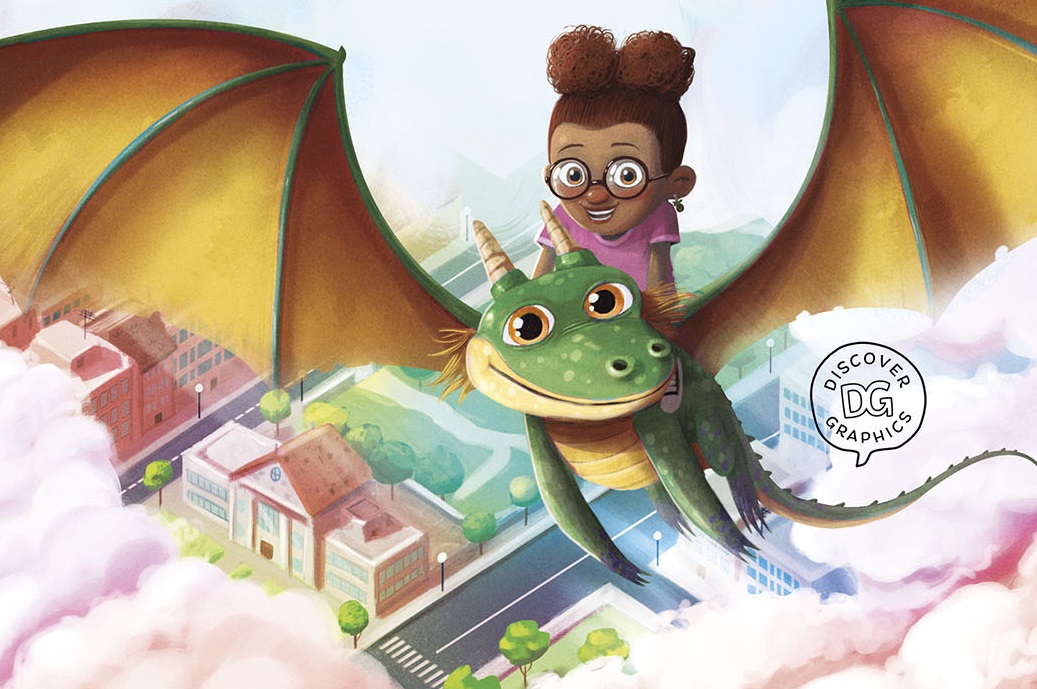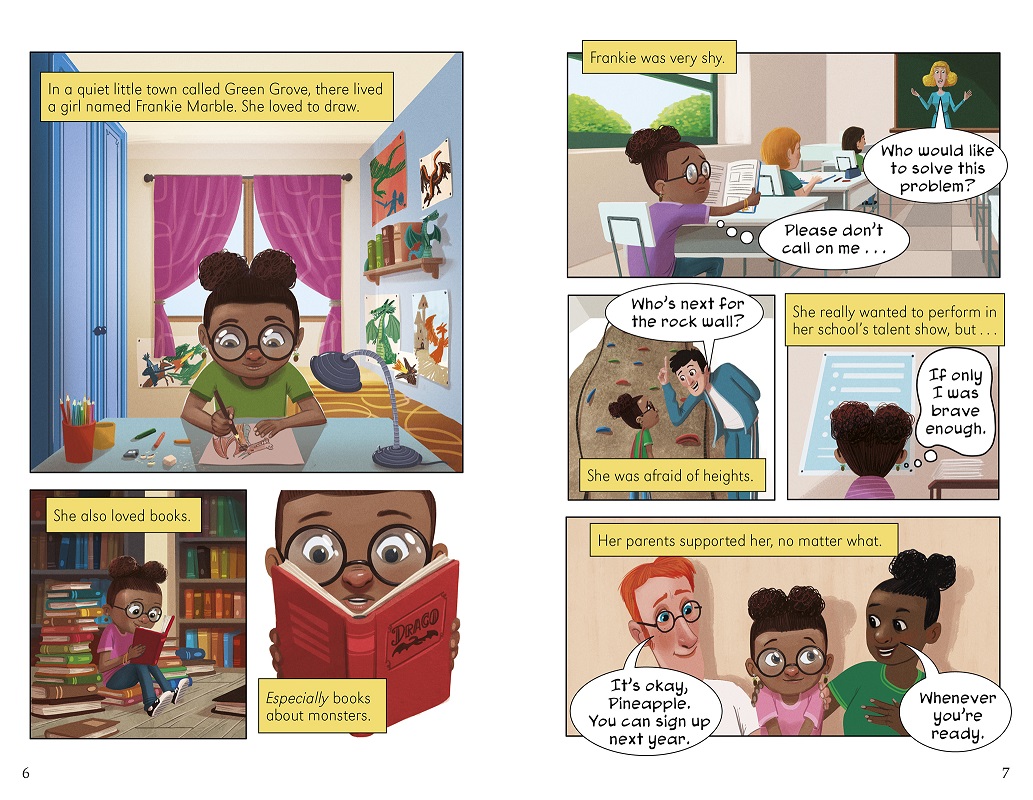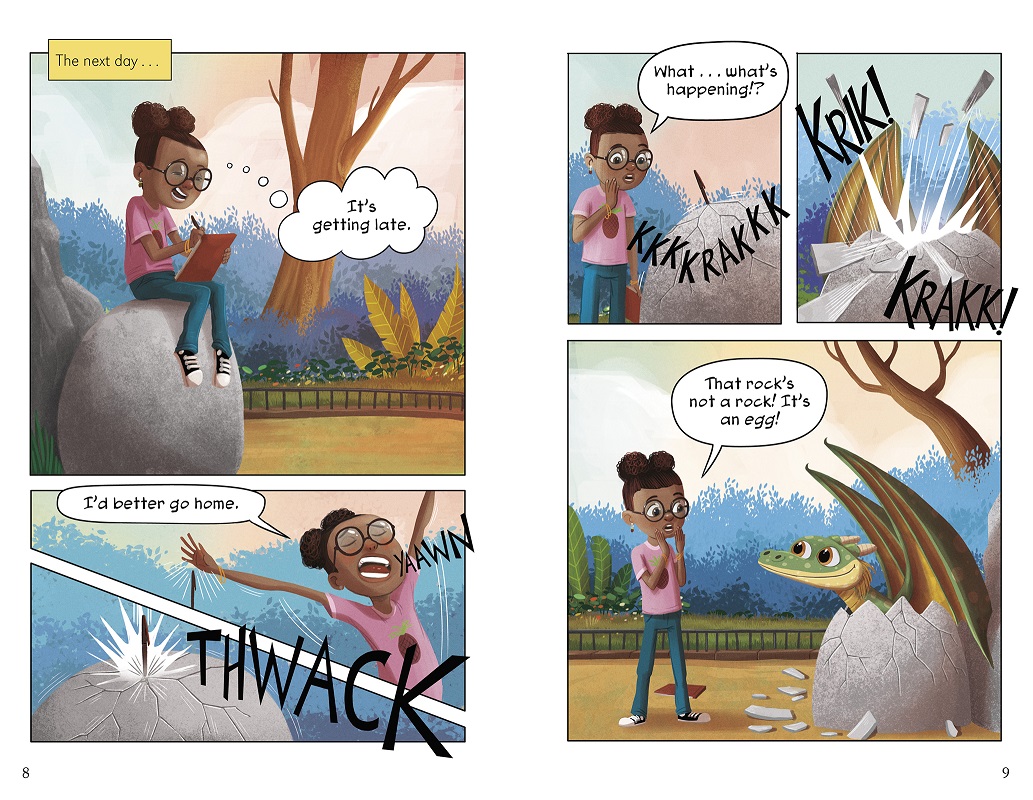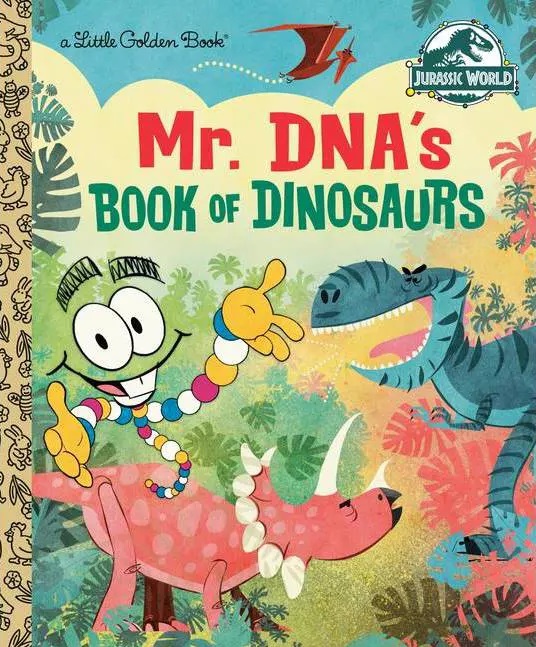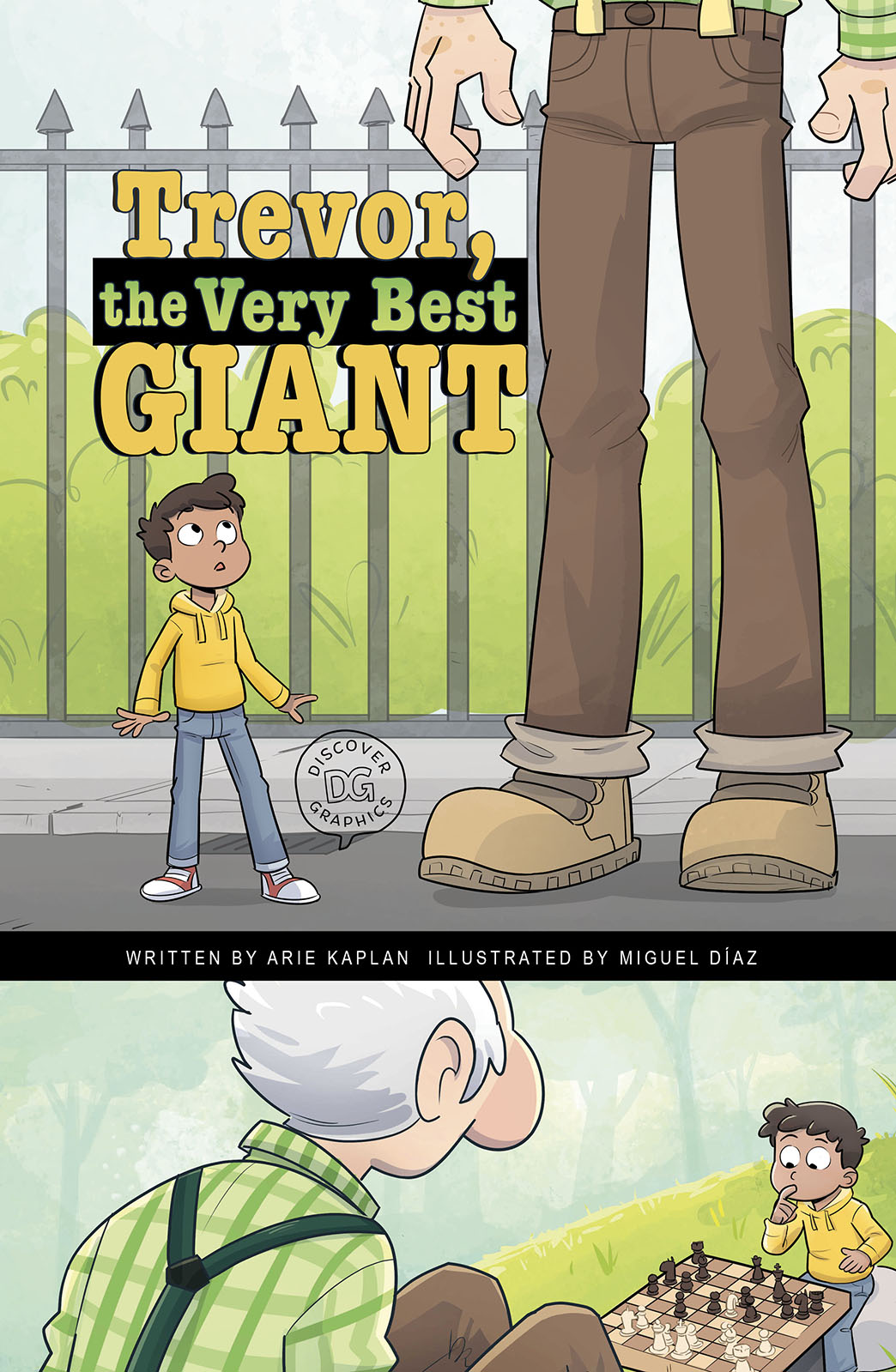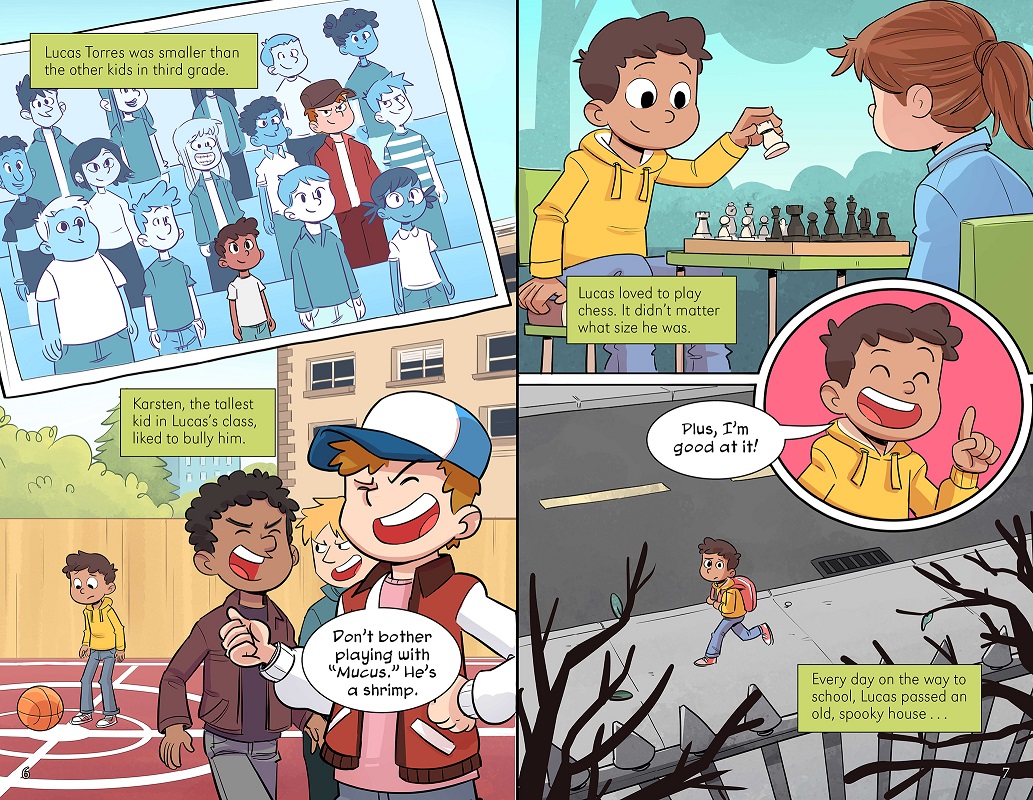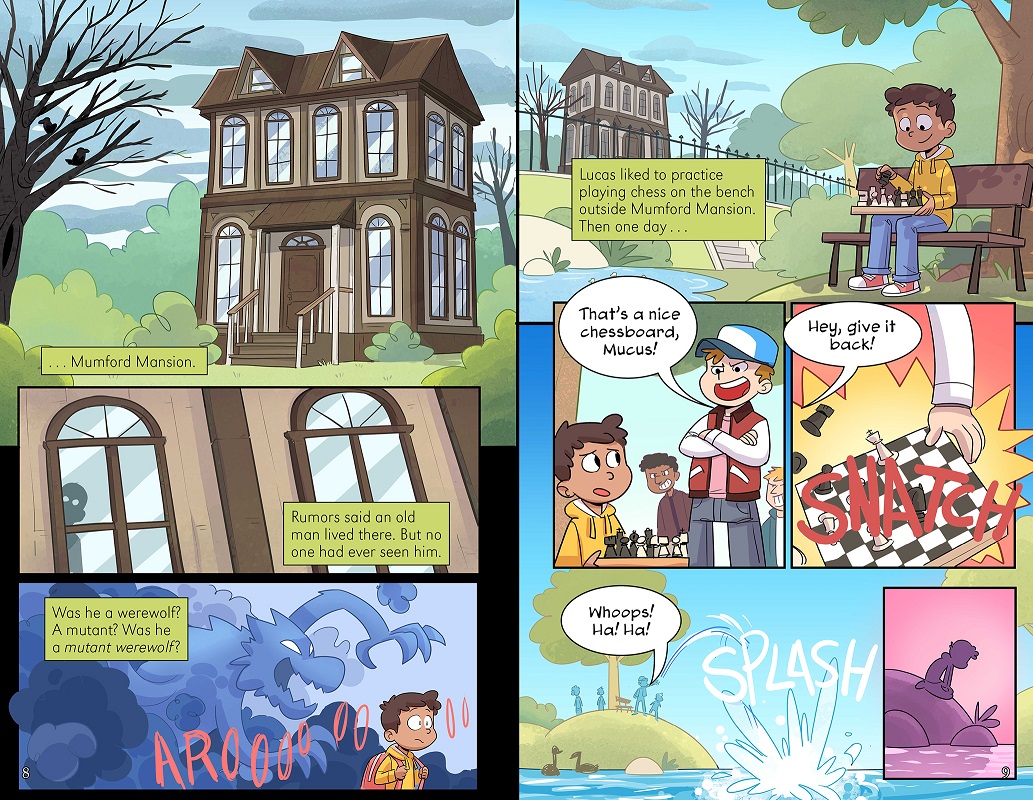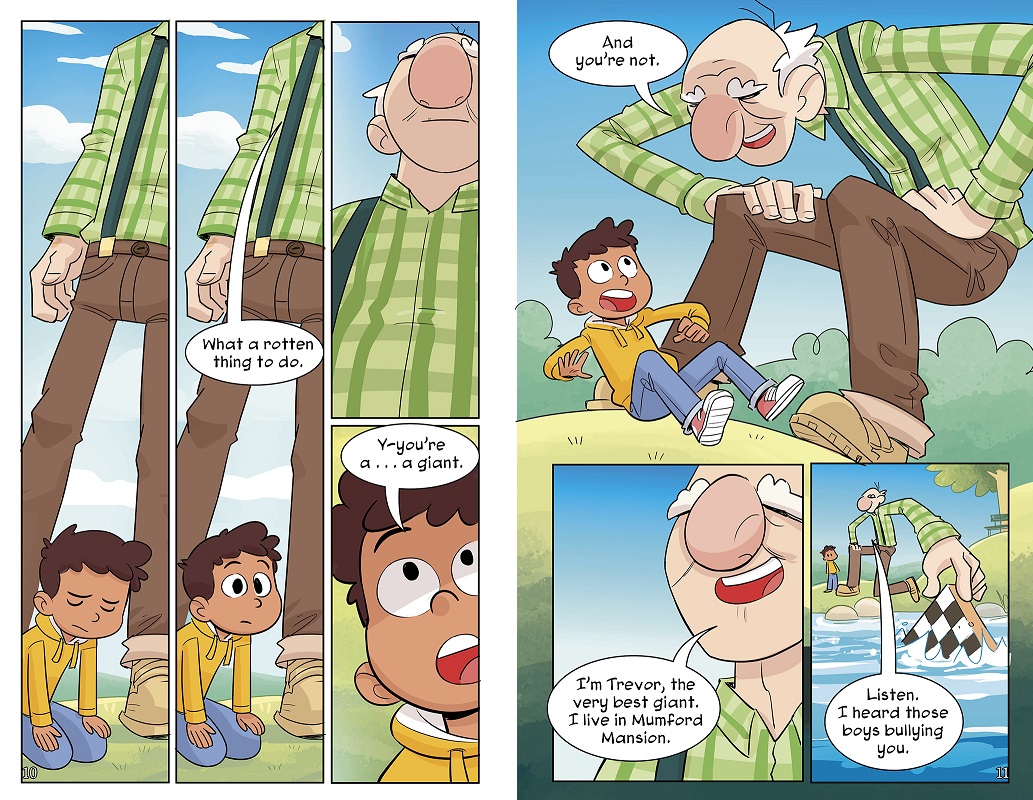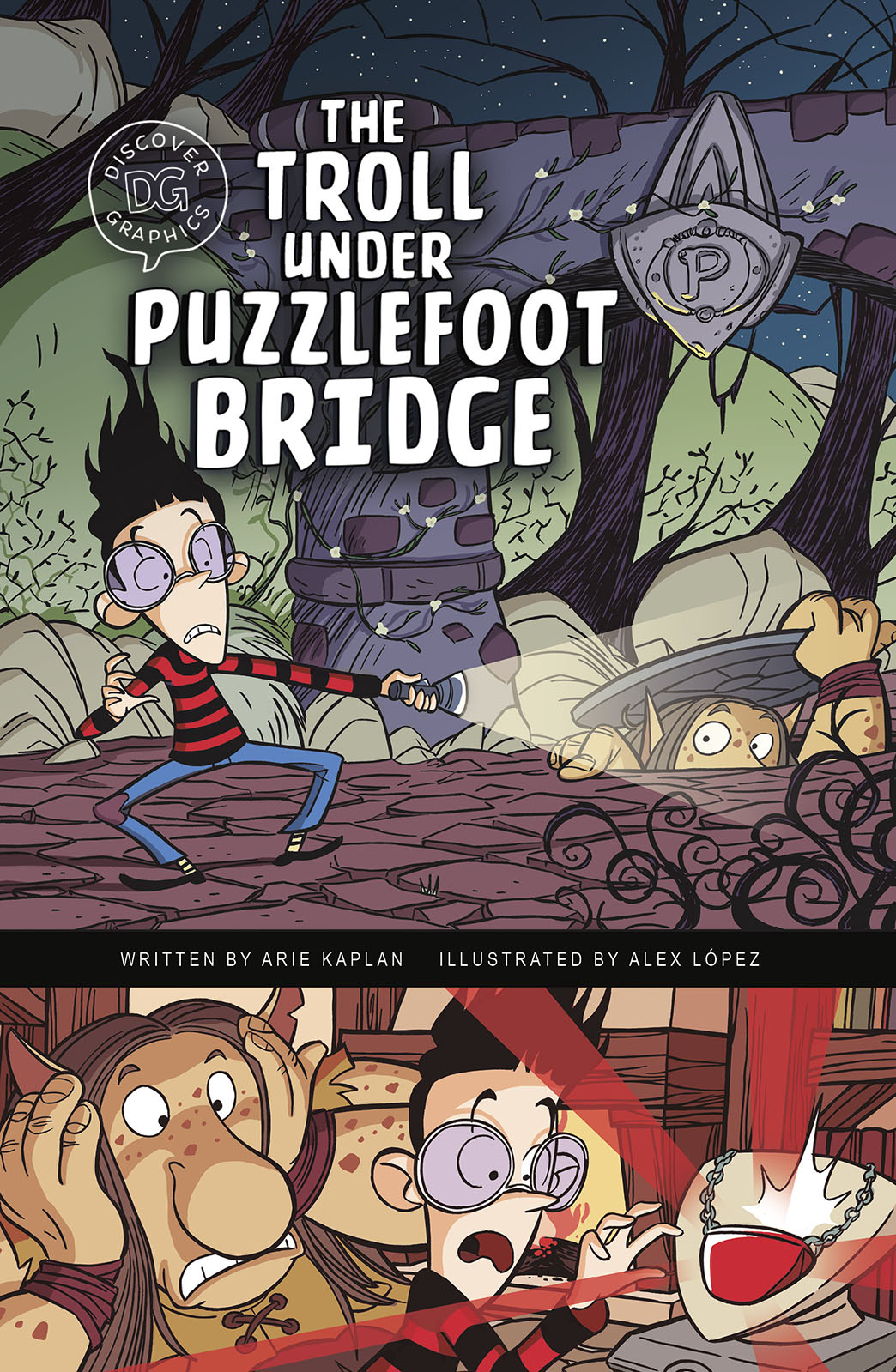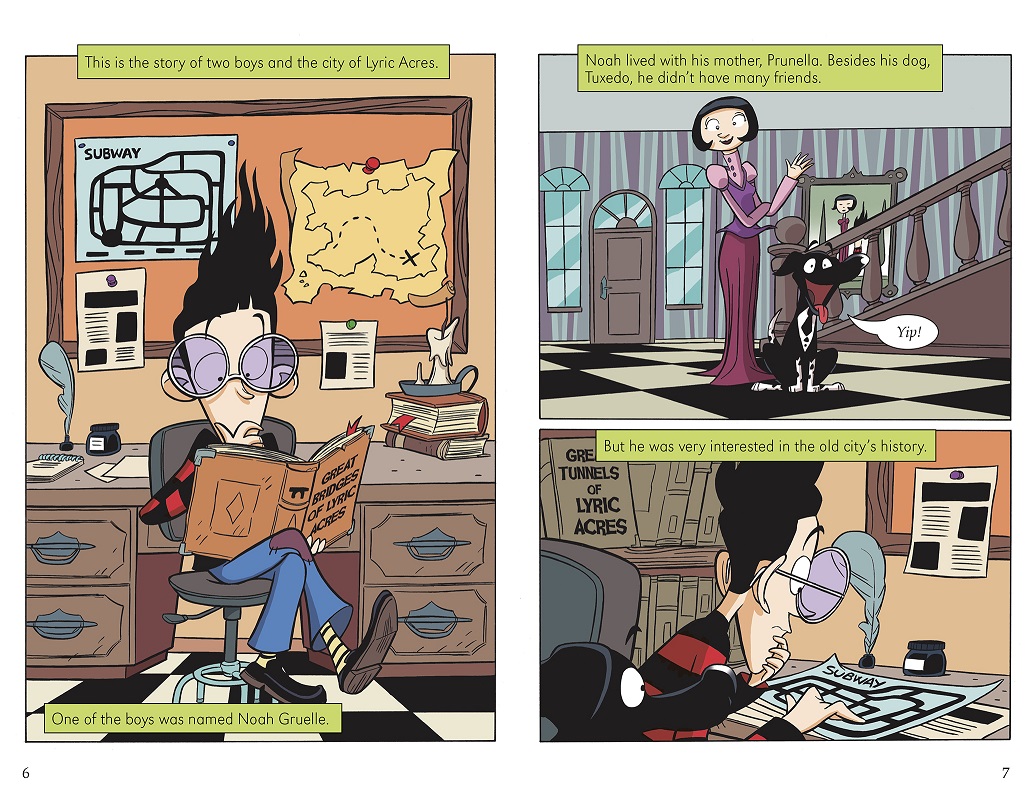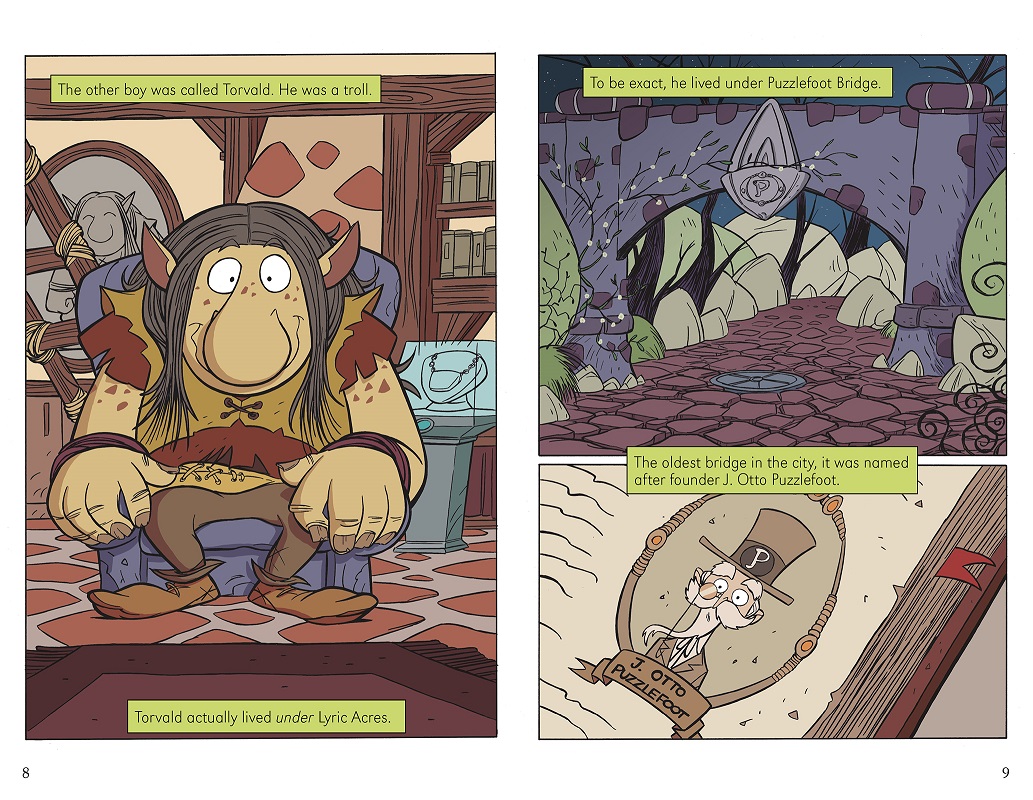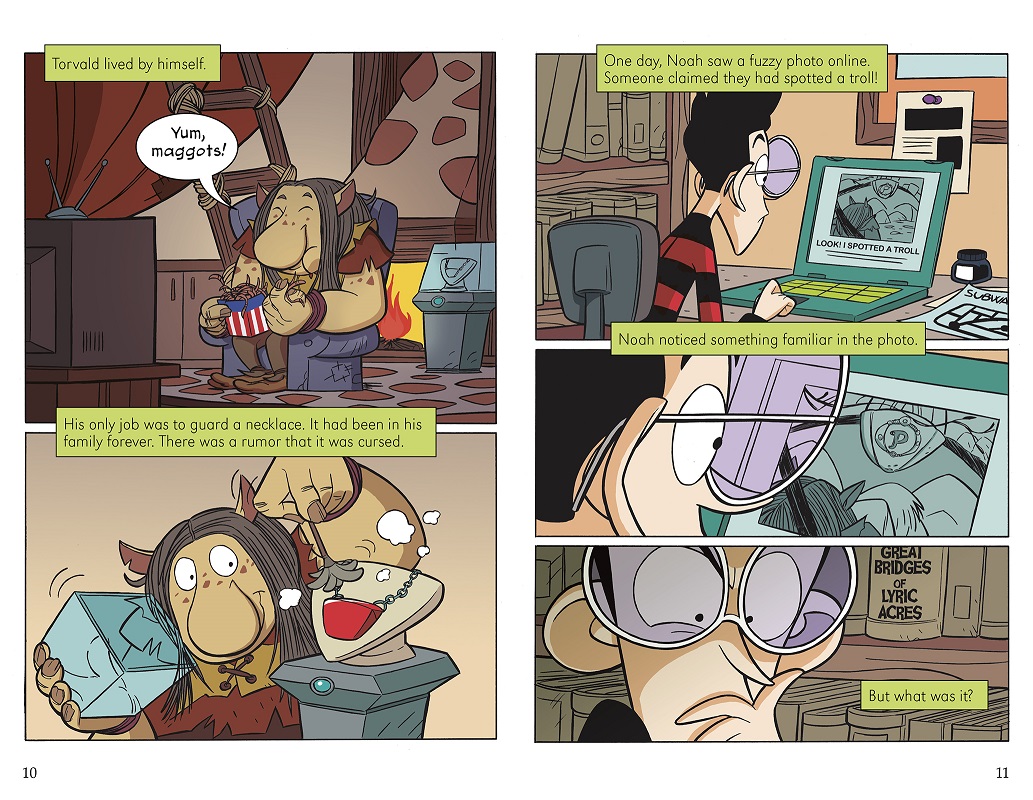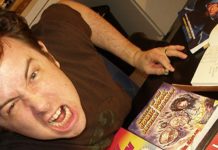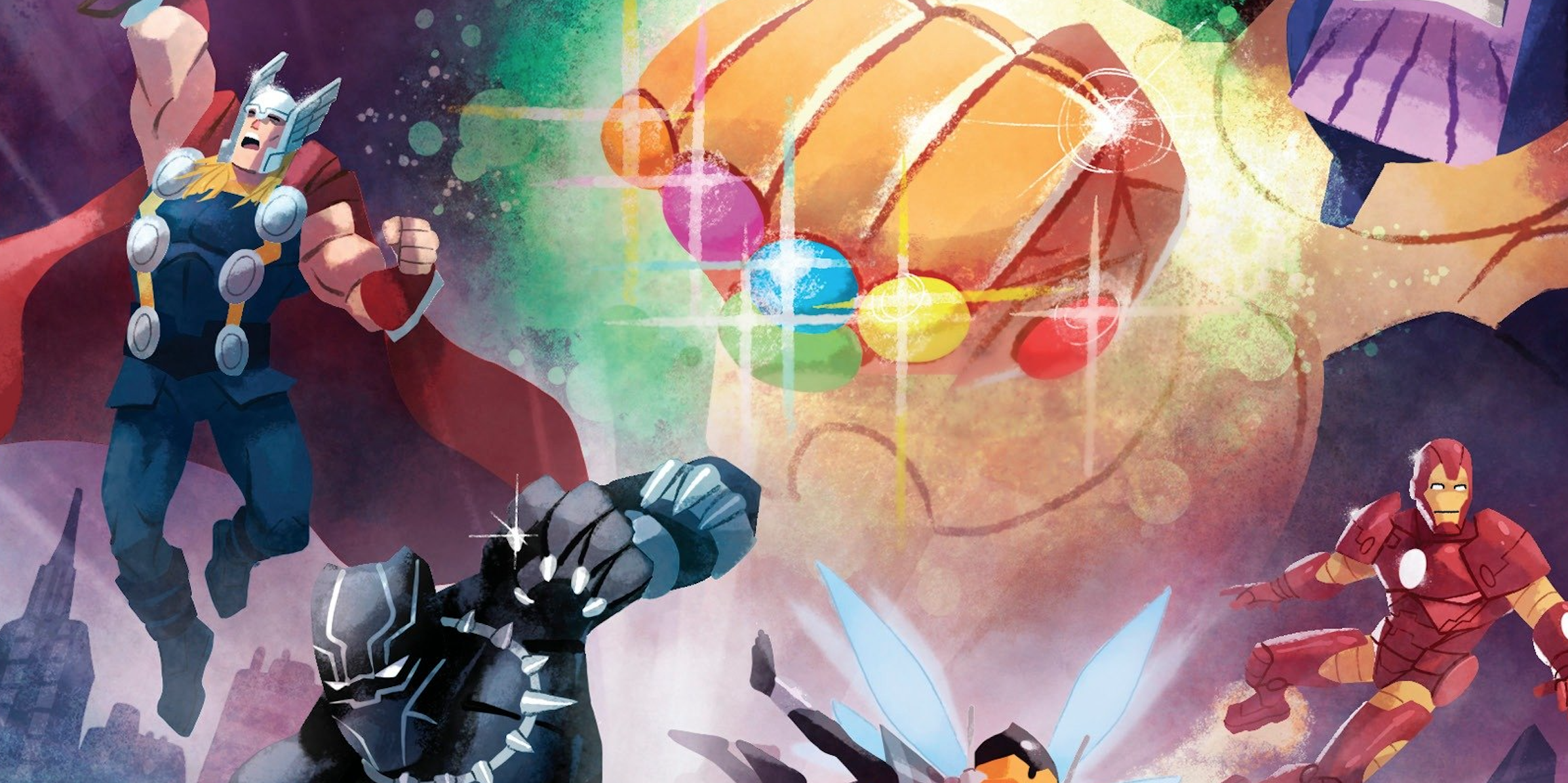It goes without saying that 2020 was a challenging year for a lot of people, with many suddenly having to adjust to working at home. For freelance writers it was business as usual, but those with young children now home from school certainly had to adapt to these new circumstances. It was no exception for writer Arie Kaplan. His most recent children’s graphic novel projects (Frankie and the Dragon illustrated by Cesar Samaneigo; Trevor, the Very Best Troll illustrated by Miguel Diaz; and The Troll Under Puzzlefoot Bridge illustrated by Àlex López) are out now, all part of Capstone’s Discover Graphics: Mythical Creatures series.
I had the chance to talk with Kaplan about his experience working on these books during the pandemic, how the experience brought him closer with his young daughter, and much more.
Taimur Dar: First, it feels appropriate to ask you how you and your family have been handling this year since the pandemic started.
Arie Kaplan: Thanks for asking, Taimur. I think that we’ve been handling it pretty well, all things considered. Hope you’ve been staying safe and healthy too!
BTW, not to make everything about my work, but working on these Mythical Creatures graphic novels was a wonderful way to bond with my daughter Aviya. That’s because I involved her in every step of the process. So for example, when the first rough thumbnail sketches for all three books came in, Aviya came into my study and looked them over with me. Then when the finished and fully-colored artwork came in, she came into my study and we looked over that together, too! And she saw the initial scripts for these books before they were even handed off to the illustrators.
Each time Aviya and I sat down together and looked over the scripts or the rough thumbnails or the cover art or the concept drawings or whatever, it was such a great way for us to bond and to escape the seriousness of the pandemic, even for just a little while. It was also wonderful because Aviya’s very aware that Frankie Marble, the main character in Frankie and the Dragon, is based on her. So I think that it’s been fun for her to see this project come together at each stage.
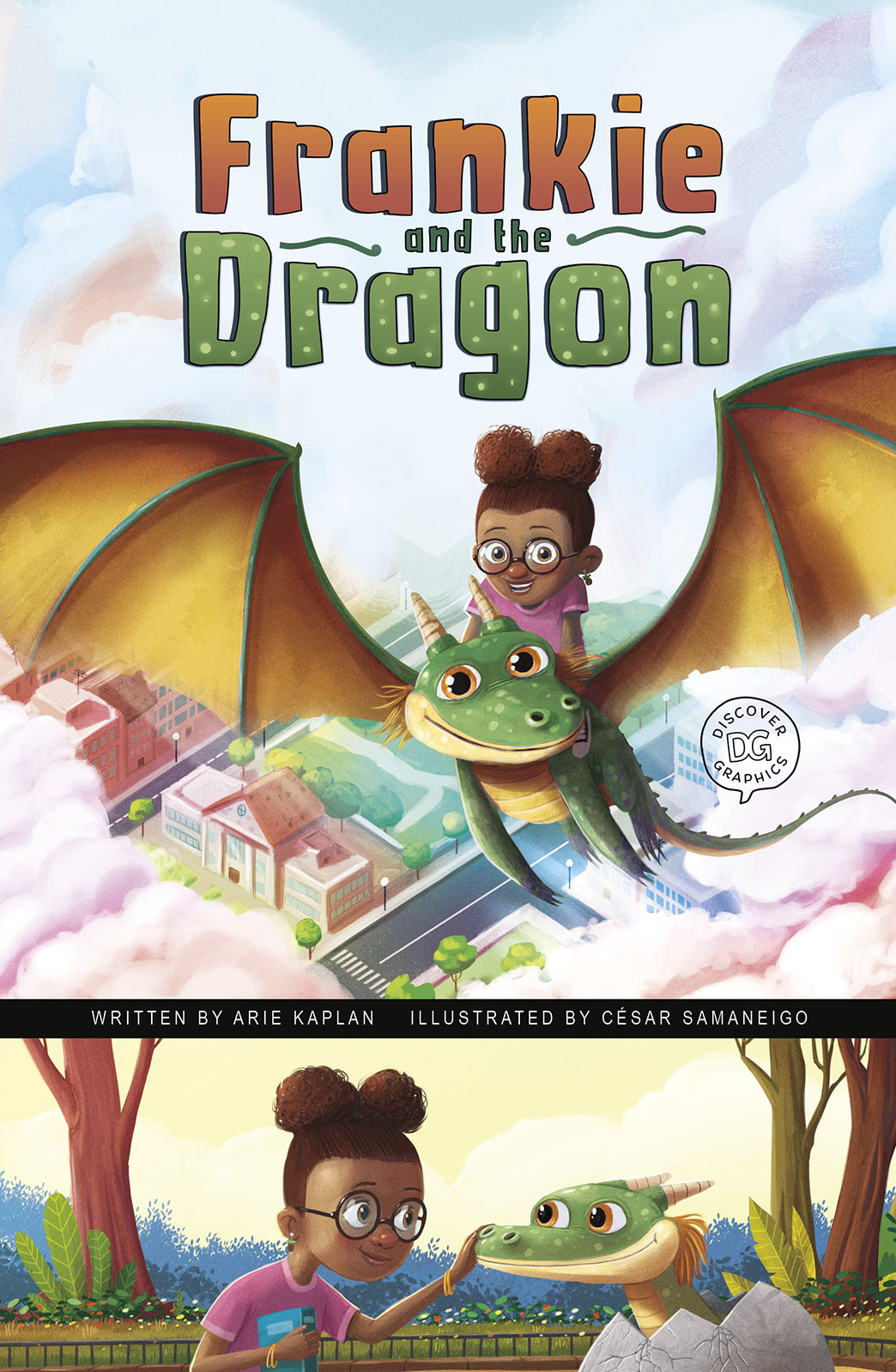
Kaplan: I think that we’ve been lucky (“we” being my wife Nadine, my daughter Aviya, and myself). We’re lucky in that Aviya’s older and she’s self-directed. If she was younger, virtual schooling would be a lot harder. Also, because Nadine and I both work from home, we can be there for her. Obviously, Aviya would learn more if this was in person, and it’s tough for her sometimes to go so long without seeing her friends in person. That’s really hard, and sometimes Nadine and I just have to sit with Aviya and hug her and talk to her, because I think that everyone right now is so lonely and we’re all just collectively going through something so difficult here with the pandemic. And it’s not like it’s easy for adults. I don’t want to minimize how adults are suffering. But I think that what’s so tragic for children specifically right now is that – because of the need to socially distance and quarantine – they’re being denied a chance to fully have the experience of an ordinary childhood that you and I had, Taimur.
Dar: Moving on to your children’s projects, were you working on these during or before the pandemic? If the former, how did quarantine affect your normal working process?
Kaplan: I began working on these graphic novels shortly before the pandemic, and I continued working on them during the pandemic. I sent my editor the initial pitches around late October or early November of 2019. Then I was approved to go to the outline stage in late November, and after I turned in the outlines, they were all approved in mid-to-late December 2019. After that, I began working on the scripts (well, the first drafts of the scripts) for all three books, which I delivered in January and February 2020. Then after that, it was simply a matter of making any revisions or tweaks that were necessary in each of the scripts, which I did in the early days of the pandemic (around March or April 2020). And after that, my editor started sending me the concept art for each book, followed by the rough thumbnail sketches, cover art, etc. And as I mentioned before, that was a real morale booster during the pandemic, for both my daughter and I.
So to answer your other question, I don’t know that it affected my normal working process. BTW, I do have a normal working process for writing any sort of story in any sort of medium. I used this process when writing these three Mythical Creatures books, and I’m happy to talk about that process.
Dar: Tell us about the genesis of this Discover Graphics: Mythical Creatures series.
Kaplan: Well, I was initially approached by an editor at Capstone, who said that Capstone would be publishing a series of six Mythical Creatures books, and she asked if I wanted to write three of them. The only parameters were that each book had to have a protagonist who was a child, and each book had to involve a mythical creature in a central role. The three mythical creatures I chose (out of the six that were available) were the dragon, the giant, and the troll.
In order to write any story (in any medium), there’s a creative process I follow. And these Mythical Creatures books were no exception. That process is as follows:
- First, I write up a document called the “story cauldron.” That’s where I just brainstorm ideas. I try out any idea I can think of, I throw everything against the wall, and I see what sticks.
- The next step is to write what I call a “logic map.” That’s where I run possible scenarios and diagnose possible “story logic” issues that I might encounter with the ideas I brainstormed during the “story cauldron” phase. And the way I do that is, I start writing out my story beats and putting them in rough outline form. THIS version of the outline is the “unofficial outline,” which I don’t show to anyone else.
- And once I figure out what made the story really work in terms of its story logic, I’m ready for the next step, which is drawing the entire story in thumbnail sketches. (As with the unofficial outline, I also don’t show the thumbnails to anyone else.)
- Then I type up a written description of every story beat, based on the thumbnails. That list of story beats is my OFFICIAL outline, which is what I submit to my editor.
- Once the outline is approved, I write a first draft of the script, basing it on the thumbnails (and any notes from the editor). And I refine the dialog while writing the script; I don’t use the placeholder dialog I came up with in the “thumbnail” phase.
- Then I revise the script based on any notes I get from the editor after turning in my first draft.
Dar: You mentioned Frankie and the Dragon is a tribute to your own daughter. Aside from your daughter inspiring the character, is the story based on or inspired by actual events related to your daughter?
Kaplan: As you mentioned, Frankie and the Dragon is a tribute to my daughter Aviya. Like Frankie, Aviya is Black. Like Frankie, Aviya wears glasses. And like Frankie, Aviya is an introverted bookworm who loves to draw. Also, like Frankie, Aviya wears her hair in a “pineapple” hairstyle (at least sometimes).
And shortly before I began writing the manuscript for Frankie and the Dragon, Aviya got a pet fish. She initially wanted to get something bigger, like a bearded lizard, but my wife Nadine and I talked her out of it. And I thought that it would be funny if – instead of a fish – Aviya got a dragon for a pet.
In addition, some of the things that happen in the book are inspired by things that have happened to Aviya. For example, the “rock wall” scene at the beginning of the book, which is based on something that happened to Aviya at a friend’s birthday party. What happened was that Aviya was afraid to climb up the rock wall. Which is fine, because rock walls are intimidating, and when I was Aviya’s age (she’s 10 years old), I’d be afraid to climb the wall too!
I think the last thing in Frankie and the Dragon that’s based on something that really happened to Aviya is that scene early on in the story where Frankie’s teacher asks the class if any of them would like to solve the math problem she’s written on the board. And Frankie is thinking, “Please don’t call on me…” In real life, Aviya doesn’t like to be called on in class. She’s a very good student, but she’s also quite shy. I was painfully shy when I was Aviya’s age. And I had to work hard to overcome that shyness and to embrace the idea of speaking – or performing – in front of a crowd. It’s still a struggle for me, honestly. But as an adult, I’ve figured out ways to put my shyness on pause whenever I’m speaking in front of a crowd. In Frankie and the Dragon, Frankie’s experience flying around with Bandit emboldens her to sign up for the school talent show. This in turn helps her to overcome her shyness, and at the end of the story, not only do we see her climb the rock wall, we also see her volunteering to come to the blackboard and solve a math problem her teacher has put on there.
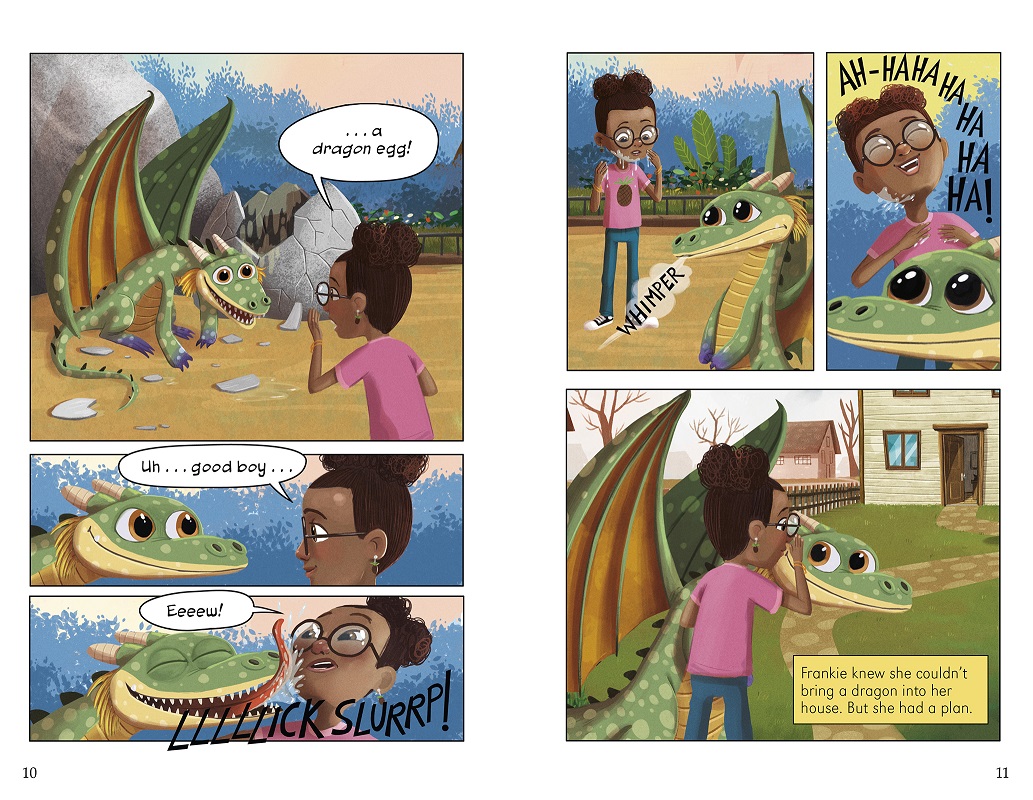
Kaplan: I think that the biggest challenge for writing for a young readership is that sometimes you need to unpack certain concepts and explain them more, in terms of exposition that’s important to the plot. And you need to do that because the reader is a child and might not be familiar with certain concepts. A good example of that is in one of the Mythical Creatures books I wrote, The Troll Under Puzzlefoot Bridge. In that graphic novel, the two protagonists, Noah (who is human) and Torvald (who is a troll) switch bodies. Yes, it’s a classic body-swapping story, not unlike Freaky Friday. But – you know – with trolls! Anyway, one note that the folks at Capstone told me early on was that they really liked the premise of The Troll Under Puzzlefoot Bridge. But they wanted to make sure that during the body-swapping scenes, it was abundantly clear to the reader what was happening. Which was a great note! I certainly wouldn’t want the reader to be lost or confused during those scenes. They’re integral to the book!
Also, just to hold the reader’s hand a little bit more, since this is a children’s book, I gave Noah and Torvald completely different hairstyles. Noah has Eraserhead-style hair that stands straight up and is very curly. Torvald has straight hair that is matted and long and goes straight down. That was something I put in the art notes. Then when they switch bodies, Noah is in Torvald’s body but he STILL has the Eraserhead-style curly hair that stands straight up. And when Torvald is in Noah’s body, he still has Torvald-style hair that is long and matted and goes straight down. I put that in the art notes too, and I did it so that even the youngest readers who read this book will understand that – even though Noah is in Torvald’s body – he’s still Noah. And the same goes for Torvald. It’s a visual thing, to make sure that no reader is confused by the body-swapping scene.
And that whole thing with Noah keeping his own hairstyle even though he’s in Torvald’s body, that might not be something I did in a graphic novel for adults. But I certainly felt it was necessary to do it in a children’s graphic novel. Then again, I think the whole thing where Noah keeps his hairstyle no matter what body he’s in (and so does Torvald) is a funny sight gag, and it enhances the comedy of this story. So I might just keep it in if I wrote it for adults as well.
Dar: Finally, what other projects do you have coming up in 2021?
Kaplan: Well, in 2020, I wrote three Little Golden Books for Penguin Random House, and all three of them are coming out in 2021. One of them is the Loki Little Golden Book, which is illustrated by Hollie Mengert. It’s a story about Loki (the Marvel Comics version of Loki). And it’s a story about a prank Loki pulls on Thor, which gets WAY out of hand. The challenge in writing this book is, how do you write a book in which Loki is the protagonist, without making it seem (to the reader) like you’re making it seem really COOL to be a supervillain? But I thought of a really fun way to address that issue while I was writing the book, and I think that I DID find a way to make the story work without glamorizing villainy. The reader does come away from the story realizing that – in the story – Loki messes everything up and needs his brother Thor’s help to clean up his mess. The Loki Little Golden Book comes out on January 5th, 2021.
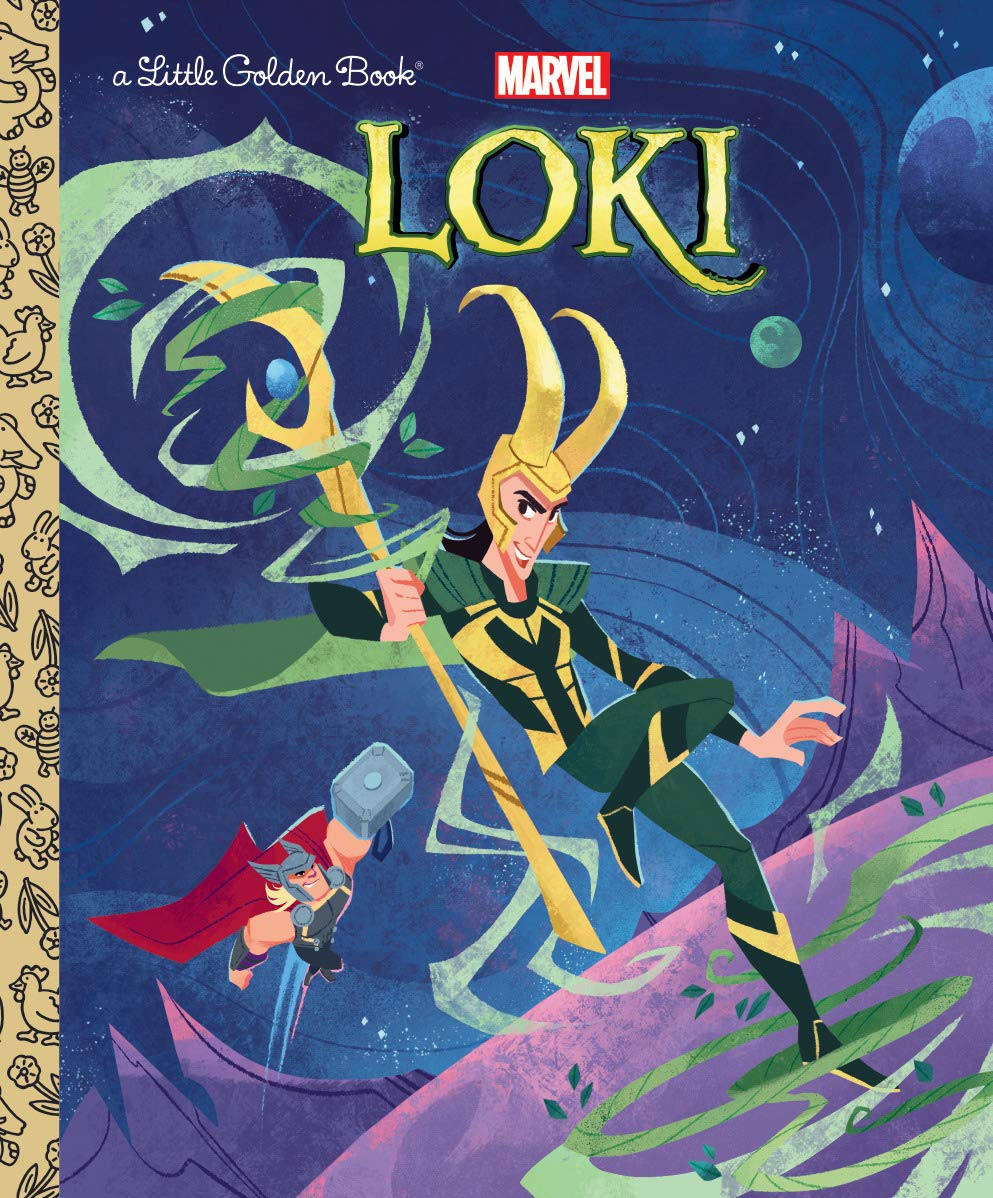
The challenge in writing Mr. DNA’s Book of Dinosaurs was to write the book in Mr. DNA’s voice and to capture his voice accurately. And in all three of those examples (Loki, SING, and Mr. DNA), I think I rose to the challenge. When you’re writing these kinds of books, you really want to do justice to the film franchises, comic book series, and other IPs that the books are based on. So I definitely kept that in mind while writing these books.
Also, I’m currently working on a few OTHER upcoming projects, but I can’t say what those projects are right now. But hopefully they’ll be announced soon.
Follow Arie Kaplan on Twitter at @ariekaplan, and stay informed of all his upcoming projects on his website.


